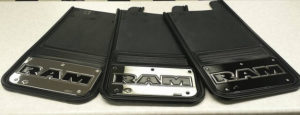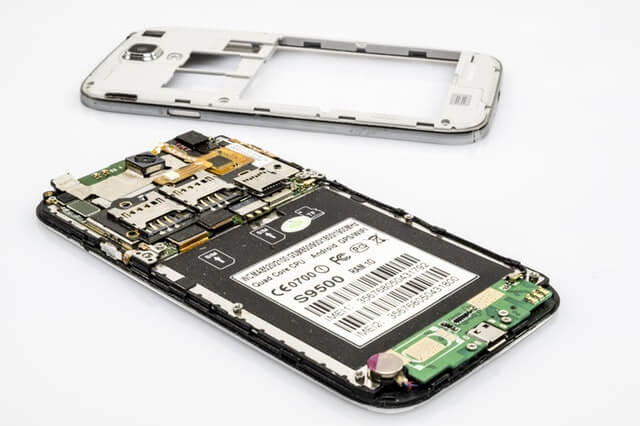With the advancements in Smartphones and other portable tech, users as well as marketers continue to put impetus on device specs (apart from physical appearance) as a major distinguishing factor while grading devices. And with growing amount of RAM in each upcoming Android Smartphone model, one wonders how much RAM do they actually need to suitably use their phones? While RAM shortage or additional requirement is easy to quantify for a PC, given that there are several bench-marking wares and most of the Apps specify their minimum system requirements to run the Apps smoothly. Apple does not fret about RAM for iPhone and iPad. This situation changes in case of Android Smartphones. Unlike Apple, Android is just an OS which is suitably customized for smartphone developed by OEMs. Moreover, the bench-marking done for smartphones does not sufficiently point at minimum or recommended RAM requirements.
RAM : Modus Operandi – Any Windows PC user knows the significance of having a high RAM amount. In simplest of ways, you’ll know that if your system is running slow, among other things, its RAM needs an upgrade. Windows users who have a few years of user experience would have also come across a “RAM cleaner” kind of an App which would clear up the system RAM thereby speeding up their PC.
While the aforementioned process is restricted to Windows users, Android works on Linux environment which seamlessly clears us RAM as and when the App goes off. There is no need to clear up system RAM to enhance RAM resources. Yet less availability of RAM hampers system performance. The time a PC takes to boot up and the time it takes to recover to desktop after closing down a heavy App, suitably acts as an index of low RAM availability.

Android users who come from Windows background try to treat the slow speed of their Android phones with a RAM cleaner App and it may appear to work for a short time. As soon as a new App is launched, the system sluggishness kick in. Solution is simple, treat RAM shortage, and treat the system performance. That further translates to buying a new phone as RAM cannot be upgraded in smartphones.
Marketers also trick buyers with low quality (slow) RAM availability, which commands user discretion in terms of avoiding low quality build up devices. It is not uncommon to come across two phones from different Brands with similar specs to deliver different performances. Sideeffects of buying a “Cheap” quality hardware is that Apps would turn off automatically as system would not be able to carry the App load. While RAM amount is important, its speed (also refered to as Bus speed) is equally substantial.
Manufacturers like Samsung usually keep RAM on the lower side, yet the superior hardware quality is able to sustain in front of the “Cheap” smartphones offered by competition. Even Google, in their showcase devices like the Pixel series have not gone all out to bump up the RAM capacities in their latest Pixel 3 offerings. Conversely, One Plus has already breached 8 GB RAM levels and may soon bypass Oppo smartphone with 10 GB RAM.

After analyzing the different offerings available in market, it is advisable to go for an Android smartphone which has around 4 GB RAM and does not ship with much bloatware. Bloatware, might be justified by the seller that it further customizes Android experience for the user, it usually ends up being a sponsored or promoted offering from the seller.
Samsung offers Touchwiz launcher and add-ons to enhance user experience. Huawei has its own custom offerings. One Plus on the other hand uses Oxygen OS which delivers near-stock android experience.
loading...
loading...

